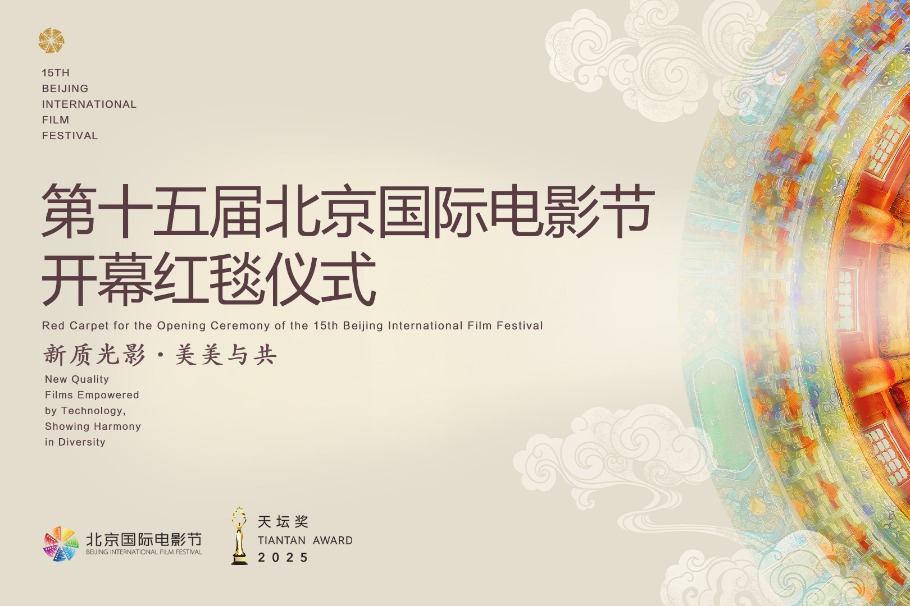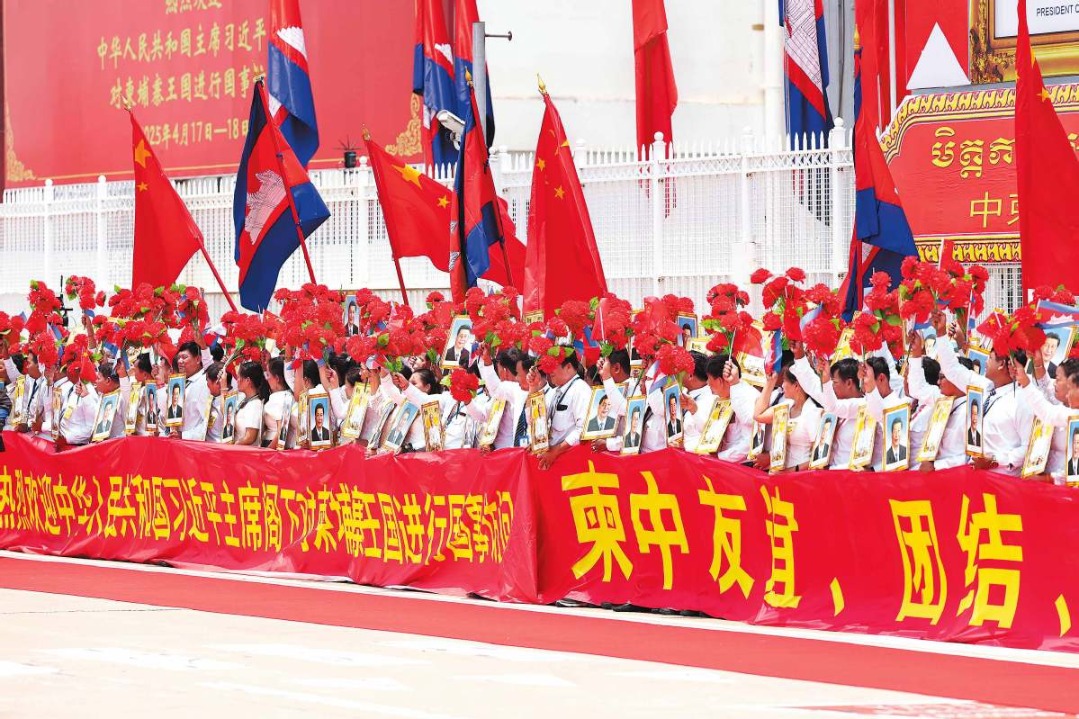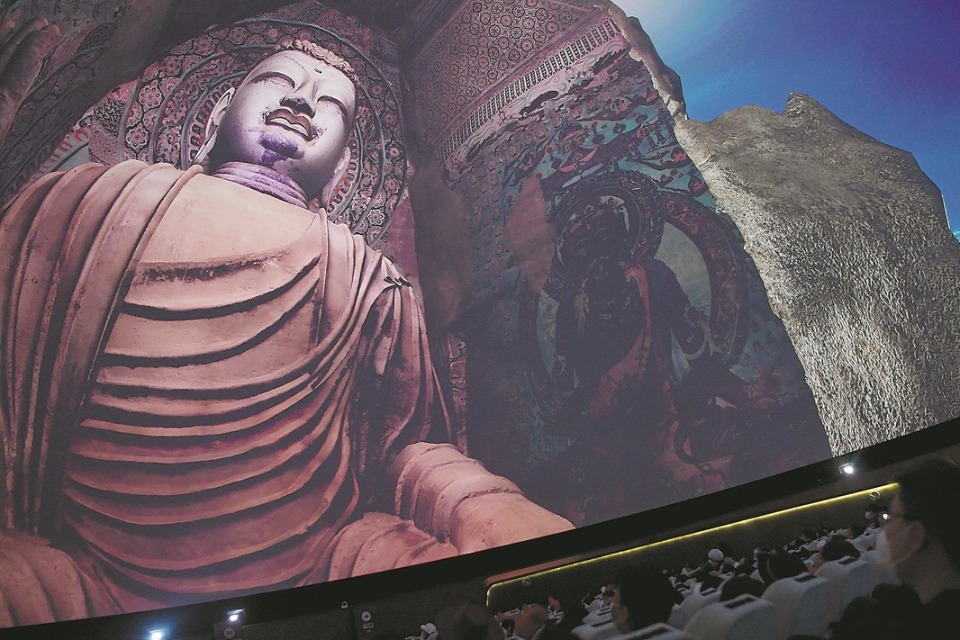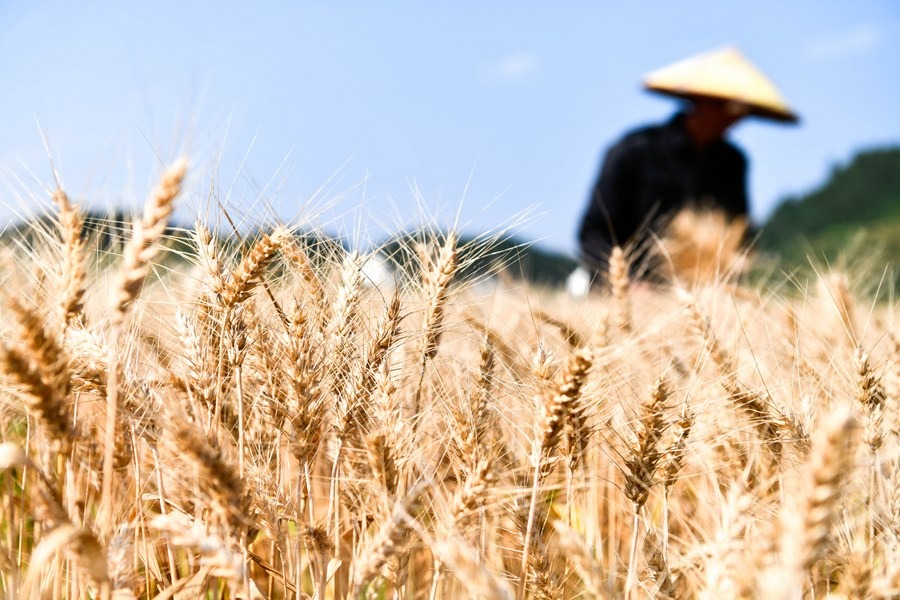Preserving our heritage a global imperative

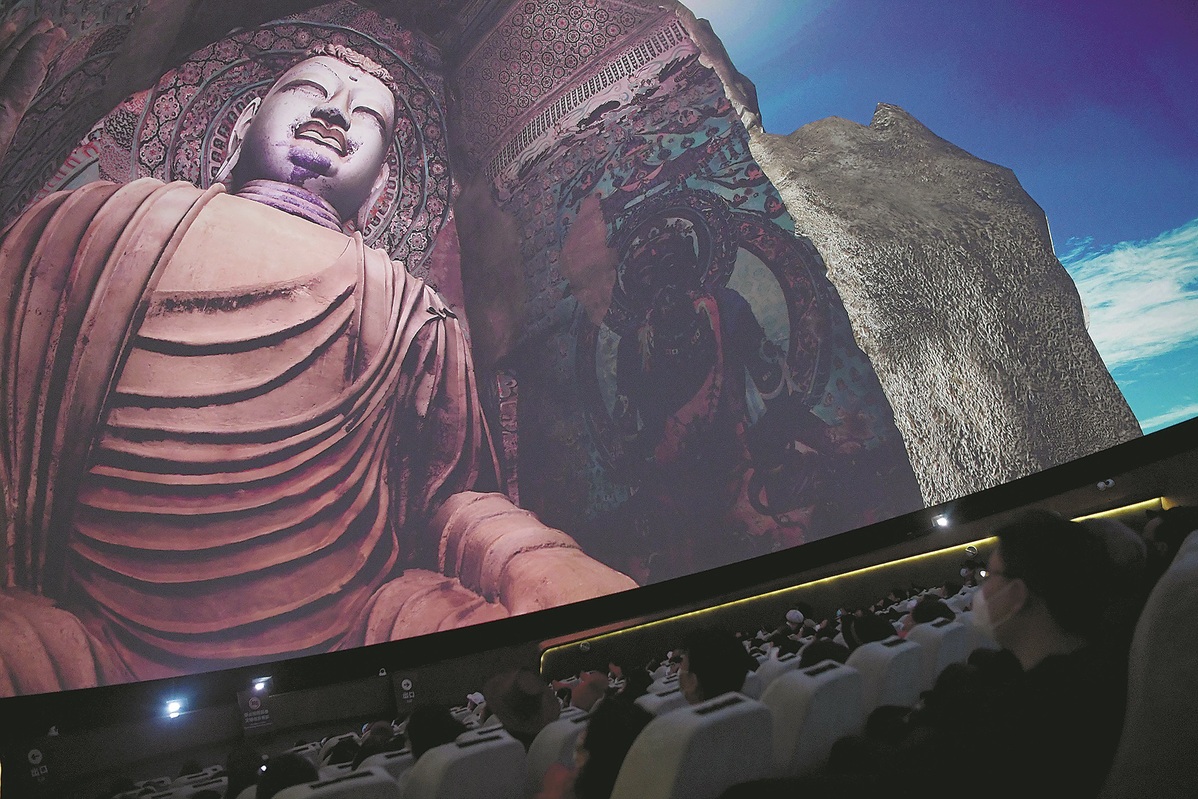
The world has witnessed the heartbreaking fragility of cultural heritage in recent years, as disasters and conflicts erase millenniums of history in a matter of minutes. Wildfires and earthquakes have crumbled priceless temples and monuments, and wars and armed conflicts have turned iconic landmarks into rubble.
Even in the absence of sudden catastrophe, heritage sites face rising threats. Rising seas engulf ancient port cities, while intensifying monsoons erode historic settlements. In China, sections of the Great Wall, built to withstand invaders, now battle desertification and extreme weather. From thawing Arctic permafrost destabilizing indigenous sites to scorching temperatures fading Australia's ancient rock art, no region remains untouched.
Human activities are accelerating the peril. While urbanization and unchecked development have led to encroachment of historic neighborhoods, sprawling infrastructure have fractured cultural landscapes. Even tourism, a vital source of preservation funding, is straining fragile monuments in many UNESCO World Heritage sites.
The loss of heritage is not merely structural; it is the erosion of humanity's legacy. As communities are being uplifted, valuable cultural practices and traditional knowledge disappear, fraying the fabric of human identity, collective memory, and the bonds that unite societies.
On this International Day for Monuments and Sites (April 18), we are reminded that cultural heritage faces unprecedented threats on a global scale. Amid climate disasters, geopolitical conflicts, and rapid urbanization, safeguarding our shared legacy has never been more urgent.
However, recent achievements by UNESCO and its member states offer a beacon of hope, demonstrating that collective action can preserve and even revitalize the irreplaceable treasure of our past.
The UNESCO Heritage Emergency Fund, a multi-donor initiative, enables rapid response to crises caused by armed conflicts and disasters. Through this fund, UNESCO and its partners have organized cultural workshops to support community recovery, developed a guide to prevent fires in cultural and natural heritage sites, and established inter-sectoral collaborative platforms to address Mongolia's extreme weather known as dzud. The recent completion of an eight-year initiative has revived Mosul, one of the world's oldest cities, after its destruction by Daesh (formerly known as the Islamic State).
In the Asia-Pacific region, UNESCO has advanced the MONDIACULT 2022 Declaration, helping countries integrate culture into sustainable development. Vietnam has expanded its legal frameworks for heritage preservation and creative industries with UNESCO's support, while Indonesia's 2024 National Cultural Strategy has reinforced culture as a pillar of development, and Nepal and Bangladesh have updated policies to prioritize cultural rights and climate resilience, and Tuvalu and the Cook Islands integrated traditional knowledge into climate adaptation strategies.
Among UNESCO's member states, China has emerged as a global leader in innovative heritage conservation, demonstrating how preservation can drive sustainable development. China's holistic approach — combining cutting-edge technology, community empowerment and policy foresight — offer replicable models for balancing progress with preservation.
China's use of cutting-edge tools has set a conservation benchmark. The Great Wall's AI-powered monitoring system, employing satellite imagery and 3D modeling, detects structural vulnerabilities with unprecedented precision. The Digital Dunhuang project in Gansu province has created a virtual twin of the Mogao Grottoes, reducing physical visitation pressure on the UNESCO World Heritage Site while making the treasure globally accessible — a solution echoing UNESCO's emphasis on ethical digital transformation.
After the 2008 Wenchuan earthquake, the restoration of Dujiangyan's ancient irrigation system, a UNESCO World Heritage Site, not only preserved a 2,300-year-old engineering marvel but also ensured it continued playing its due role in irrigating 11.3 million hectares of farmland. This aligns with UNESCO's call to integrate traditional knowledge into climate resilience.
China's visitor-management innovation, such as time-slot ticketing for the Palace Museum (Forbidden City), has inspired global peers such as Venice in Italy and Machu Picchu in Peru, while embedding heritage into rural vitalization programs has created millions of jobs, lifting communities out of poverty while safeguarding cultural heritage.
China has also become a key partner in global heritage conservation, sharing expertise through technical and financial assistance. Since 1989, China has been helping Cambodia to restore the Angkor Wat monuments, and since 2015, it has been assisting Nepal to rebuild monuments damaged in the devastating Kathmandu earthquake.
Through initiatives like the Silk Roads International Youth Forums, China has fostered intercultural dialogue among youths from more than 100 countries, promoting heritage stewardship. Since 2018, China has collaborated with Africa to strengthen capacity building and monitor systems for UNESCO World Heritage sites. China's multilateral cooperation aligns with UNESCO's vision of heritage as a catalyst for international understanding and peace building.
Today, we celebrate heritage as a bridge — not merely between past and future, but as a living connection between peoples and nations. In the face of division and destruction, preserving cultural heritage, tangible and intangible, movable and non-movable, becomes an act of hope and a powerful affirmation of the MONDIACULT vision that positions culture at the heart of sustainable development.
China has shown that through innovation, inclusive vision and global partnership, heritage can thrive as a testament to resilience — from AI-powered conservation to community-led rural revitalization.
UNESCO remains committed to strengthening its partnership with China as well as other countries, ensuring our cultural legacies not only endure but illuminate the path forward. Let today inspire our collective action to place culture where it belongs — as a fundamental pillar of human progress. Together, we can prove that the heritage preserved today becomes sustainable development tomorrow.
The author is director and representative, UNESCO Regional Office for East Asia. The views don't necessarily reflect those of China Daily.
If you have a specific expertise, or would like to share your thought about our stories, then send us your writings at opinion@chinadaily.com.cn, and comment@chinadaily.com.cn.



















